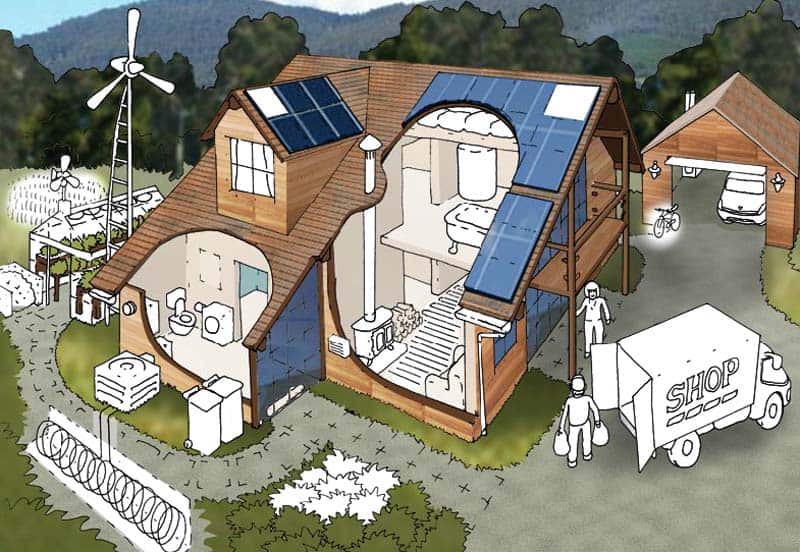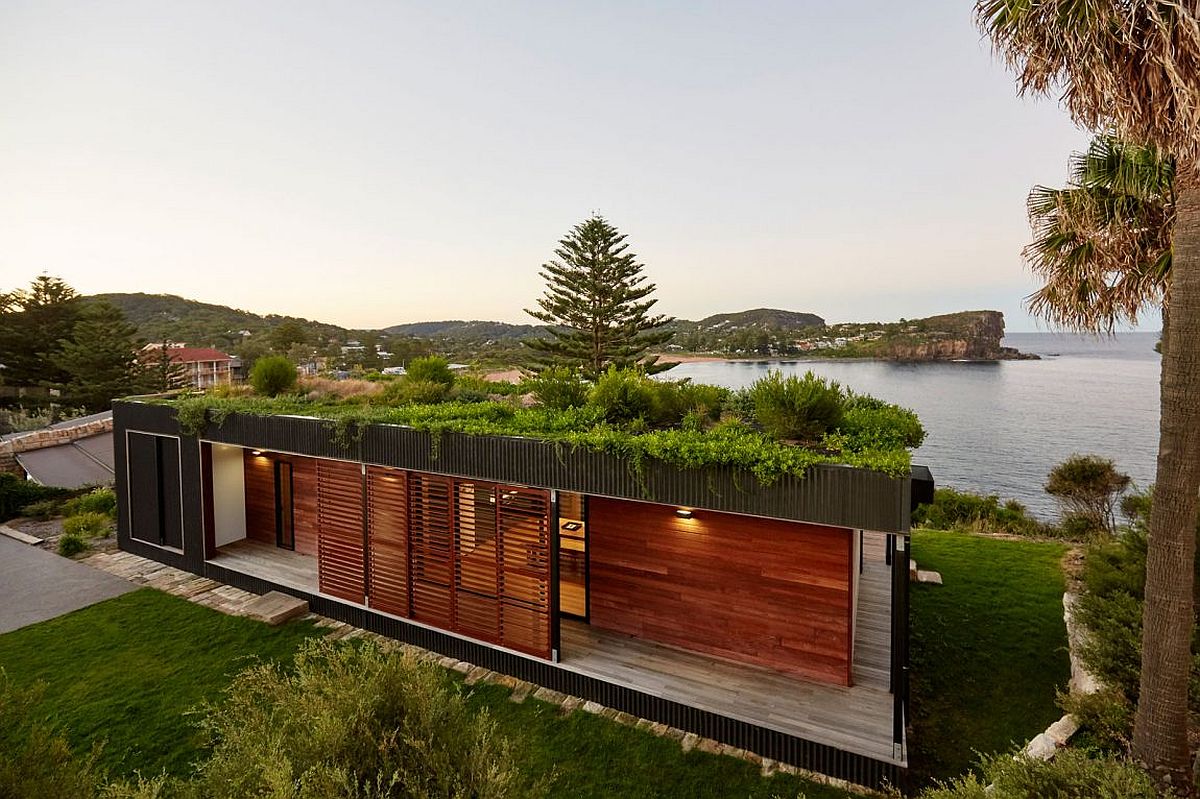Eco-Friendly Home Plans: Building a Sustainable Sanctuary

In a world increasingly focused on environmental responsibility, building an eco-friendly home is no longer just a trend, it’s a necessity. Choosing sustainable home plans isn’t just about reducing your carbon footprint; it’s about creating a healthier, more comfortable, and ultimately more valuable living space. This guide will explore the essential features and benefits of eco-friendly home design, providing you with the knowledge to build a sustainable sanctuary for you and your family.
Why Choose Eco-Friendly Home Plans?

Beyond the obvious environmental benefits, there are numerous reasons why choosing eco-friendly home plans is a smart decision:
1. Reduced Energy Bills: Sustainable homes are designed to maximize energy efficiency. This translates to lower heating and cooling costs, saving you money in the long run.
2. Improved Indoor Air Quality: Eco-friendly building materials and ventilation systems help eliminate harmful toxins and pollutants, creating a healthier and more comfortable indoor environment.

3. Enhanced Comfort and Well-being: Natural light, proper ventilation, and sustainable materials create a sense of well-being and connection to the natural world, enhancing your overall quality of life.
4. Increased Property Value: Eco-friendly homes are in high demand, commanding higher resale values and attracting environmentally conscious buyers.
5. Reduced Environmental Impact: By minimizing your home’s energy consumption and waste production, you contribute to a cleaner and healthier planet for future generations.

Key Features of Eco-Friendly Home Plans:
1. Passive Solar Design: Utilizing the sun’s energy to heat and cool your home. This involves strategically placed windows, overhangs, and shading devices to maximize solar gain in winter and minimize heat gain in summer.

2. Energy-Efficient Appliances and Lighting: Choosing appliances with high energy efficiency ratings and opting for LED lighting can significantly reduce energy consumption.
3. High-Performance Insulation: Proper insulation prevents heat loss in winter and heat gain in summer, improving energy efficiency and comfort.

4. Sustainable Building Materials: Choosing materials like bamboo, recycled wood, and natural stone reduces environmental impact and enhances indoor air quality.
5. Water Conservation Measures: Rainwater harvesting systems, low-flow fixtures, and greywater recycling can drastically reduce water consumption.

6. Green Roofs and Landscaping: Green roofs provide insulation, reduce stormwater runoff, and create a natural habitat for wildlife. Native plants require less water and maintenance, promoting biodiversity and reducing pesticide use.
7. Smart Home Technology: Integrating smart home technology allows for better control over energy consumption, lighting, and temperature, leading to increased efficiency and comfort.
8. Renewable Energy Sources: Installing solar panels or wind turbines can provide clean energy and reduce reliance on fossil fuels.

9. Efficient HVAC Systems: Utilizing heat pumps, geothermal systems, or other energy-efficient HVAC technologies minimizes energy consumption while maximizing comfort.
10. Waste Reduction and Recycling: Implementing strategies for waste reduction and recycling throughout the construction process and during daily life reduces environmental impact and promotes sustainability.
FAQs about Eco-Friendly Home Plans:

1. Are Eco-Friendly Homes More Expensive to Build?
While initial construction costs may be slightly higher, the long-term savings on energy bills and reduced maintenance costs often offset the upfront investment.
2. Are Eco-Friendly Homes Less Spacious?

Eco-friendly design principles don’t compromise on space. Smart planning and efficient use of materials can create spacious and comfortable homes while minimizing environmental impact.
3. Can I Incorporate Eco-Friendly Features into My Existing Home?

Yes! Many eco-friendly upgrades can be implemented in existing homes, such as installing energy-efficient windows, adding insulation, and upgrading appliances.
4. What are the Benefits of Using Sustainable Building Materials?
Sustainable materials are often more durable, require less maintenance, and contribute to better indoor air quality. They also reduce the environmental impact of construction by minimizing resource extraction and waste generation.
![]()
5. How Can I Find an Architect or Designer Specializing in Eco-Friendly Homes?
Look for architects and designers with certifications like LEED (Leadership in Energy and Environmental Design) or Passive House, demonstrating their expertise in sustainable building practices.
Conclusion:
Building an eco-friendly home is an investment in your future, both environmentally and financially. By embracing sustainable design principles, you can create a comfortable, healthy, and energy-efficient living space that minimizes your environmental impact and enhances your quality of life. Remember, sustainable living is not just about reducing your footprint; it’s about creating a better future for generations to come. Embrace the opportunity to build a sustainable sanctuary that reflects your values and contributes to a healthier planet.

